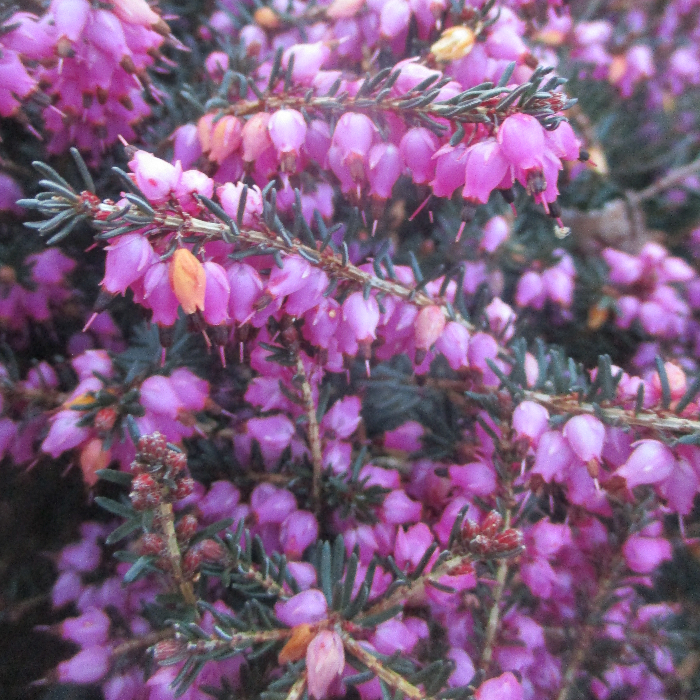UNITED STATES—Nomenclature is simply the technique of naming. Botanically and horticulturally, it is also a precise method of classification. Large classifications divide into smaller and exclusive classifications, which likewise divide. Botanical families divide into many genera, which likewise divide into many species. Some species divide further into varieties or cultivars.
For example, Schwedler maple is within the Sapindaceae family. This family divides into many genera including the maple genus of Acer. (Genera is plural of genus.) This genus divides into varied species, including the Norway maple species of platanoides. Norway maple divides into more cultivars, including ‘Schwedlerii’, which is the Schwedler maple.
Therefore, the botanical name of the Schwedler maple is Acer platanoides ‘Schwedlerii’. Family names are omissible. Genus names justify capitalization. Species names do not. Both genus and species names appear in italics. (Incidentally, genera are more ‘genera’l than ‘speci’fic species.) Single quotation marks contain names of varieties and cultivars.
Varieties are simply variants. Cultivars are simply cultivated varieties.
Varieties are, as their designation implies, variants of a species. Some are dwarf, like the dwarf pampas grass. Some bloom with atypical color, like the maroon Texas bluebonnet. Their variations are natural and at least somewhat inheritable. Cultivars are varieties that cannot perpetuate naturally, so are reliant on cultivation. They are ‘cultiva’ted ‘var’ieties.
Some cultivars developed from breeding. Others are naturally occurring mutants that are desirable enough to perpetuate. Because their unique characteristics are not inheritable, perpetuation is artificial. Seed of cultivars that originated as mutants lacks any desirable mutation. Seed of extensively bred cultivars is genetically unstable or may not be viable.
Most cultivars therefore rely on cloning for perpetuation. Propagation by cutting, grafting, division, layering and tissue culture, generates genetically identical copies of an original. Although it is illegal to propagate patented cultivars for profit, most common cultivars are too old for patents. Many perennial cultivars, such as iris and canna, proliferate naturally.
Highlight: Heath
For Scotland, various species and cultivars of heath, Erica, may be as common as lily of the Nile is here. It has become somewhat popular in the Pacific Northwest and the North Coast of California also. It is likely less popular locally because it prefers acidic soil, and cooler and moister climates. Here, it appreciates regular watering and shelter from wind.
Mature heath is generally less than five feet tall, with densely mounding form. Only a few rare species get significantly taller. Most popular heaths stay lower. Some creep slowly over their ground without getting more than half a foot deep. Their small and very narrow leaves are no more than half of an inch long, and almost resemble small spruce needles.
Even with such a fine texture, this evergreen foliage is delightfully woodsy. It is generally dark forest green. Some heaths produce ruddy, yellow or gray new foliage in spring. Of these, some retain their rich foliar color through much of the year. Tiny heath flowers that bloom most abundantly through winter or spring are white, pink, red, or purplish.
Horticulturist Tony Tomeo can be contacted at tonytomeo.com.




